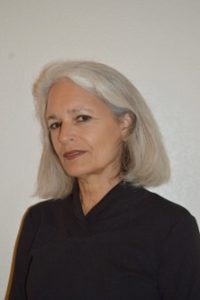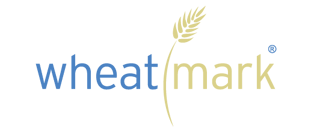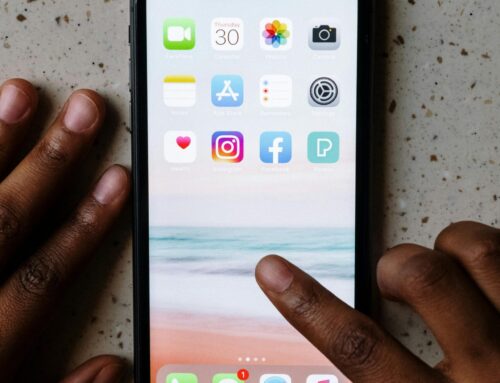
Here’s a list of potential customers for your book-as-creative-product:
• Libraries
• Corporations that buy in bulk to distribute to employees or clients
• Parents, on behalf of their children
• People who love to read and have space in their homes for a printed book collection
• People who love donating and/or reselling their printed books
• People in the general population, one-by-one
• Friends and family
• Activists who appreciate going to lectures and meeting authors
Now, here are questions to you from the other side of your desk:
What is your annual book budget?
What do you do with the printed books you purchase?
Many writers spend so much time at their craft (while living lives to generate stories to write about and day-job income), they don’t pay attention to the expenses of their own monthly household budgets—which most likely do not include a column for amounts dedicated to spend on books each month or year.
Is this you, or, do you know to the penny how much you support the work of fellow writers? If you don’t have an exact answer, you’re in the majority. Most people within the down-side-up U of the bell curve don’t pay much attention to their book-buying habits.
How can you as a writer make sense of books as business? A few surveys suggest answers.
One of them, posted in 2018 on www.statista.com, found the percentage of adults who read a book (any format) over a year. The highest percentage of readers, 84 percent, were between the ages of eighteen and twenty-nine. The lowest, 67 percent, were 65 and older. The in-between age groups scored in the low 70 percents.
A 2017 survey (www.bookriot.com) asked how many books people read on average per year. A majority of respondents, 41 percent, reported reading more than fifteen books per year, and in this category, 43 percent were senior citizens! Another recent worldwide survey of internet users in seventeen countries learned that 30 percent of respondents read “every day or most days.” Six percent stated that they never read books.
Reading is good for all components of the human being: body (relaxation), mind (mental stimulation), intellect (learning) and spirit (…just because). Intuition says there are more readers than writers in this world. The publishing business may seem as if it is on shifting sands, but it is built on a firm foundation of creators, seekers, and users.
Readers are important, but writers play all three roles.
Back to your personal yearly budget for buying books. It’s likely you spend between $0–$400 per year on a variety of titles: cookbooks, celebrity tell-alls, true crime, mysteries, how-to manuals, tourist guidebooks, memoirs, science fiction, a novel or two. The cost of individual books range from $2.99 to $10.99 (ebook), $17–$21 (paperbacks), $25–$35 (hardcovers).
Whatever you do with them after you’ve supported another writer and read them is up to you, but the price of no books is a very sad, incomplete life.
Mary Holden is a freelance editor and writer
www.marylholdeneditor.com





